 Have you ever swam out in a deep lake and not been able to see the bottom? All you can feel is the freezing cold water beneath your feet, all you see is darkness extending to infinity.
Have you ever swam out in a deep lake and not been able to see the bottom? All you can feel is the freezing cold water beneath your feet, all you see is darkness extending to infinity.There is nothing wrong with being afraid of deep water even if you’re the best swimmer in the world, but when you add some fantasy to the story and consider the legends and mysteries that lie underneath the murky depths, fear can eat you alive.
As with any lake, depths fluctuate with climate and in particular rainfall. Notwithstanding this, today we’ll explore the top ten deepest lakes in the world and the stories and legends behind them.
 With a tectonic origin and located in South Sulawesi in Indonesia, Lake Matano is an important freshwater resource in the area and the country’s deepest lake, with a maximum depth of 1936 feet. It drains from Patea River and later flows through a waterfall into Lake Mahalona (the Malili Lakes).
With a tectonic origin and located in South Sulawesi in Indonesia, Lake Matano is an important freshwater resource in the area and the country’s deepest lake, with a maximum depth of 1936 feet. It drains from Patea River and later flows through a waterfall into Lake Mahalona (the Malili Lakes).Lake Matana is famous for its extremely clear waters and the many endemic fish species which have arisen from a single ancestor diversified over time.
 With a violent volcanic past, the caldera lake in the Crater Lake National Park, Oregon, is a place of immeasurable beauty. Surrounding cliffs of up to two thousand feet high, two small islands and spectacular blue water, make this “outdoor laboratory” the perfect place for photographers.
With a violent volcanic past, the caldera lake in the Crater Lake National Park, Oregon, is a place of immeasurable beauty. Surrounding cliffs of up to two thousand feet high, two small islands and spectacular blue water, make this “outdoor laboratory” the perfect place for photographers.
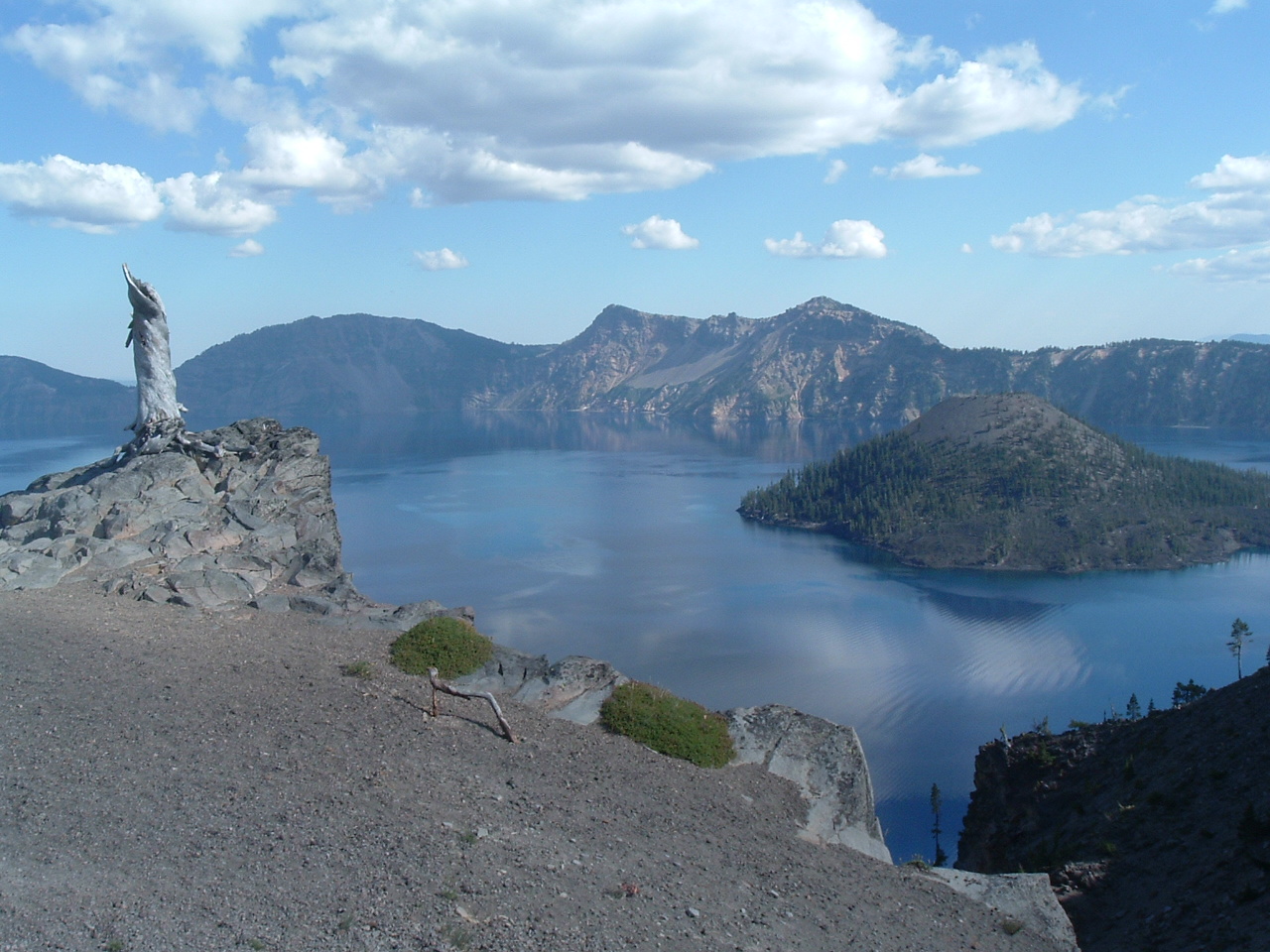
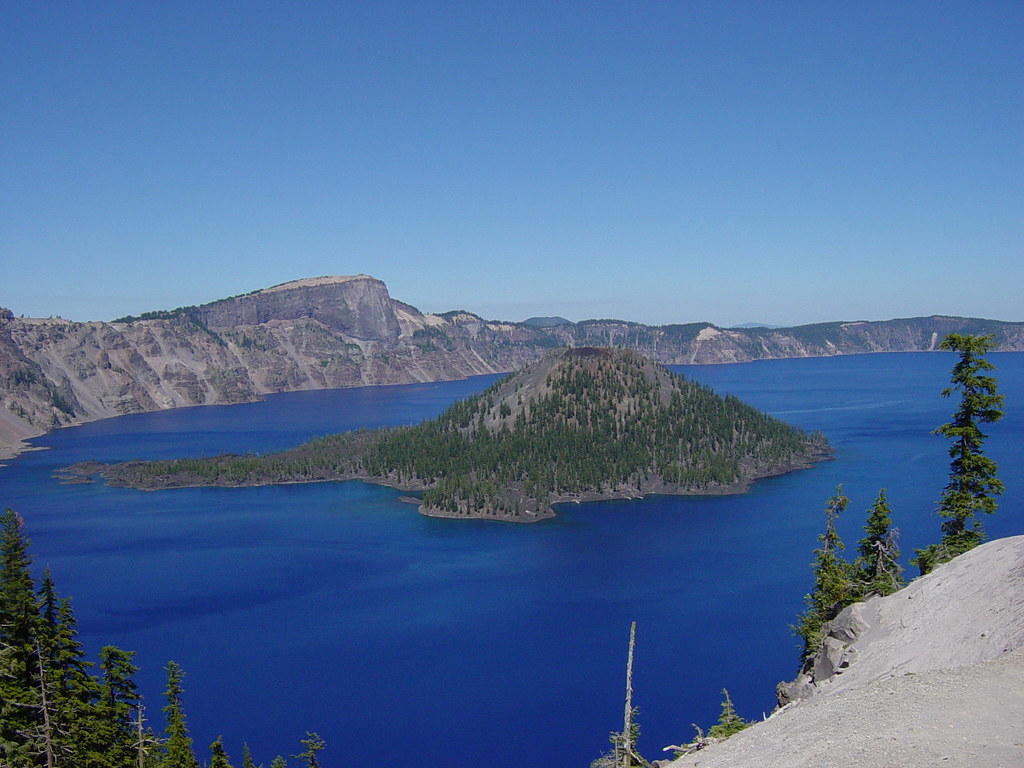
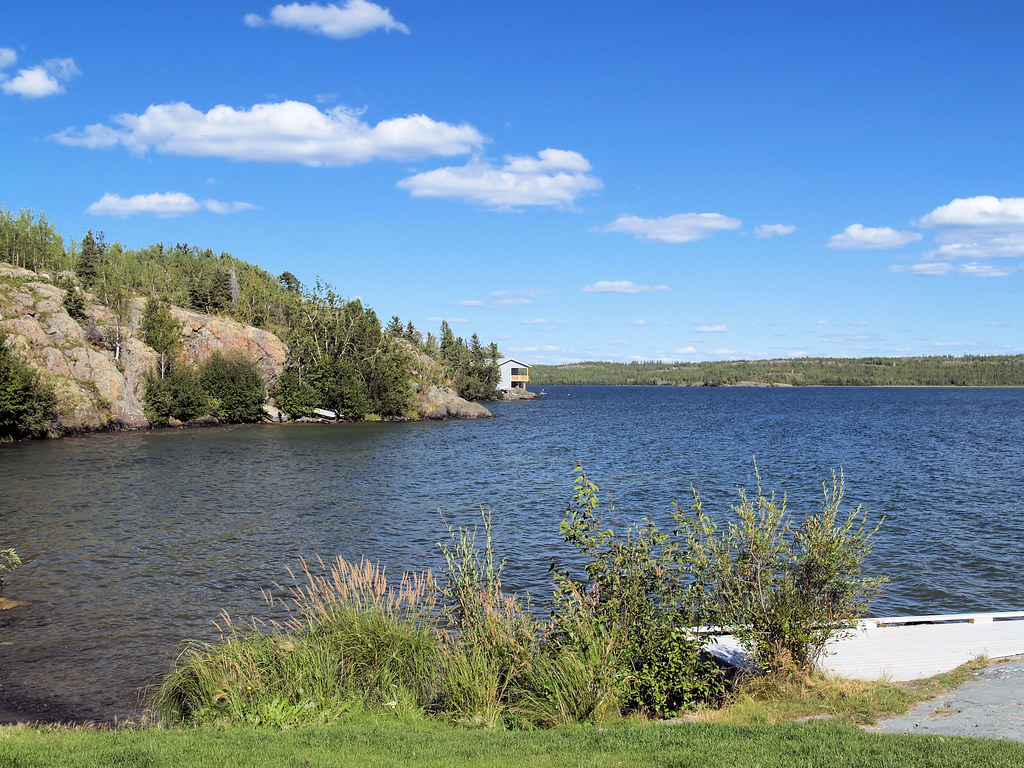
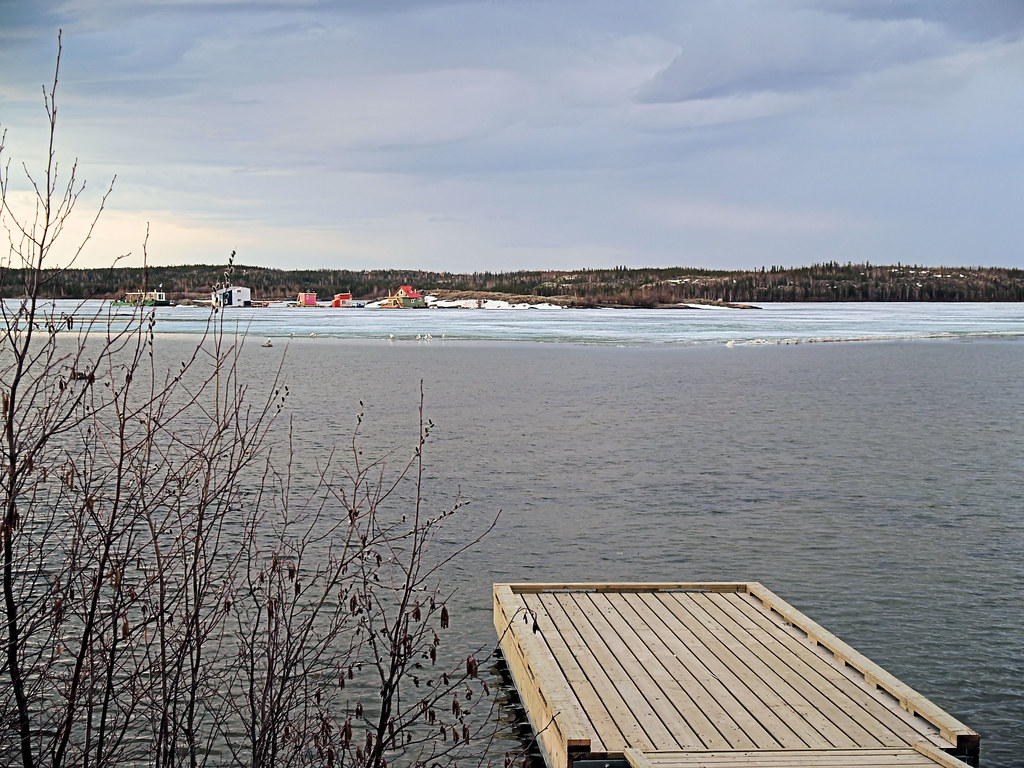
There is currently no physical evidence to suggest that an unidentified large creature is living in the Great Slave Lake, but many people traveling to the lake have said otherwise. Some talk about a large hump in the water, usually mistaken for a rock until it submerges, or an alligator-like body, with a head like that of a pike.
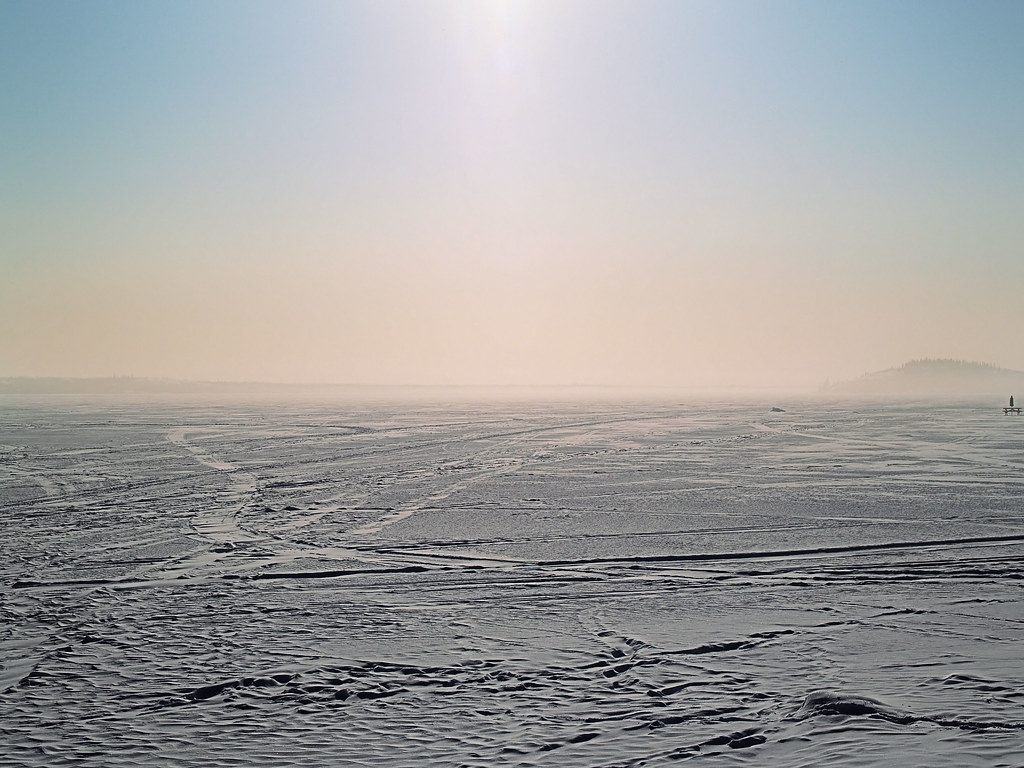
From his house, a Roman Catholic priest even saw a large dragon-headed creature that rose six to eight feet above the water and moved rapidly on the shores of the lake. The creature was subsequently named Ol’Slavey.
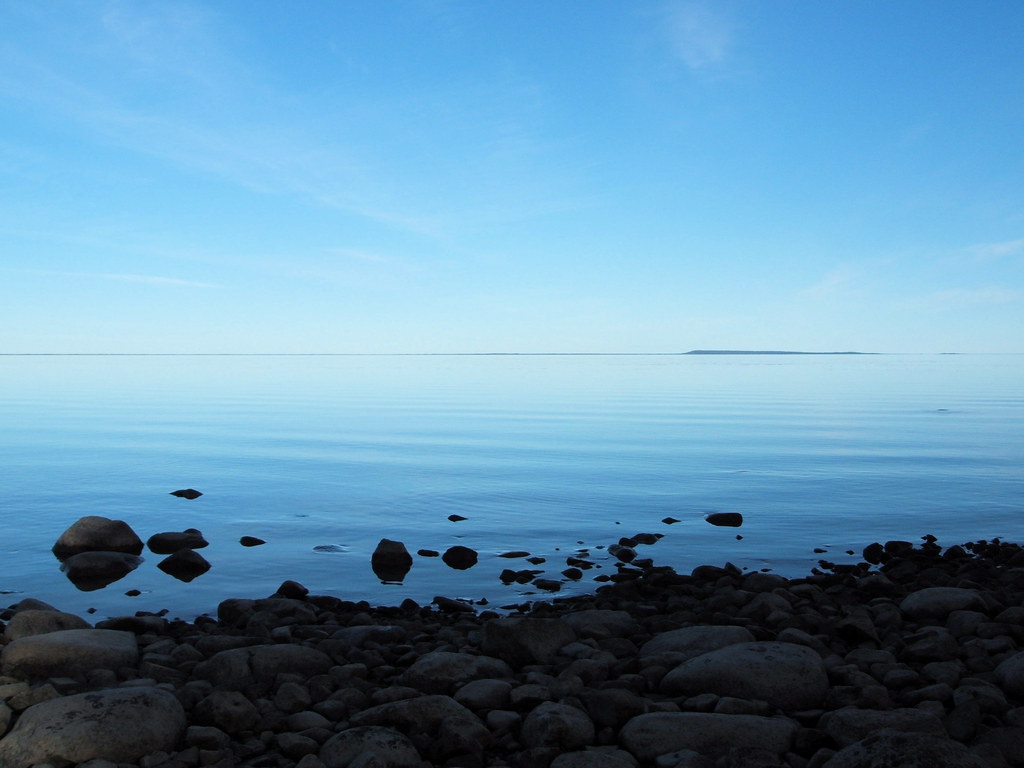
7. Issyk Kul Lake

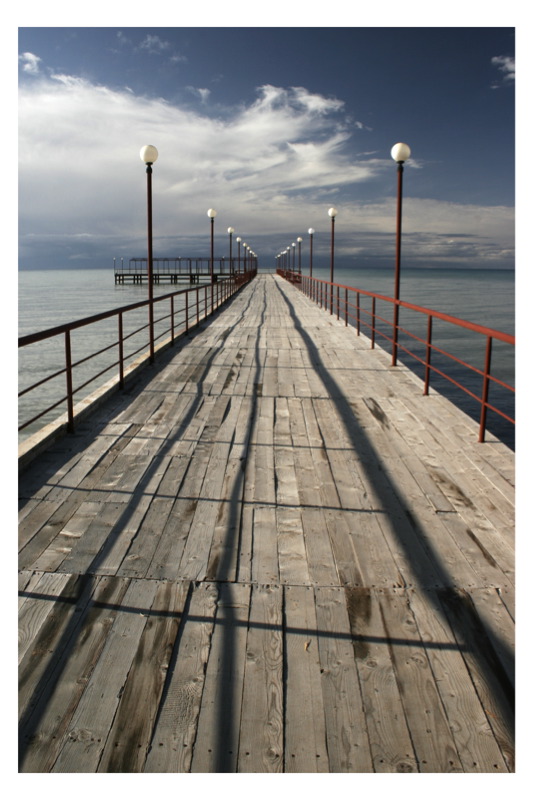
According to the legend, during pre-Islamic times, the king of the Ossounes had donkey’s ears. He managed to hide them however, by killing all his barbers to make sure the secret wouldn’t leak out, yet one day, one of the barbers escaped and yelled the secret into a well and left it uncovered, which caused water to rise and flood the kingdom.
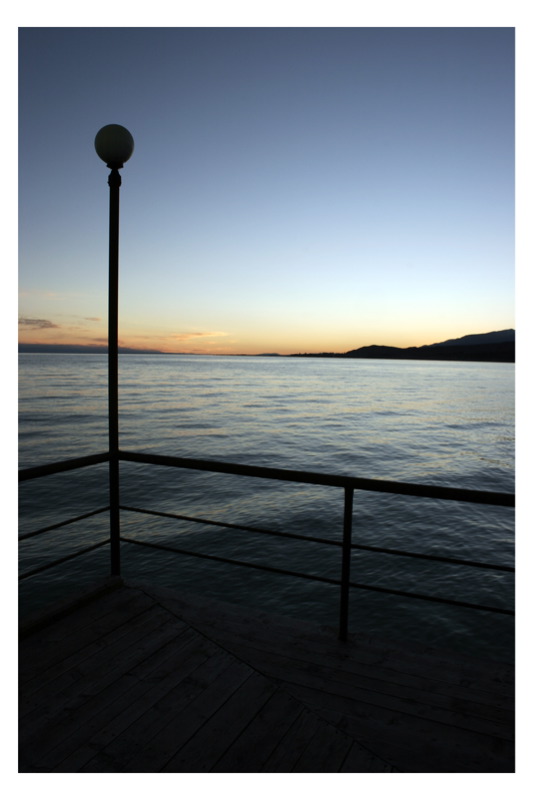
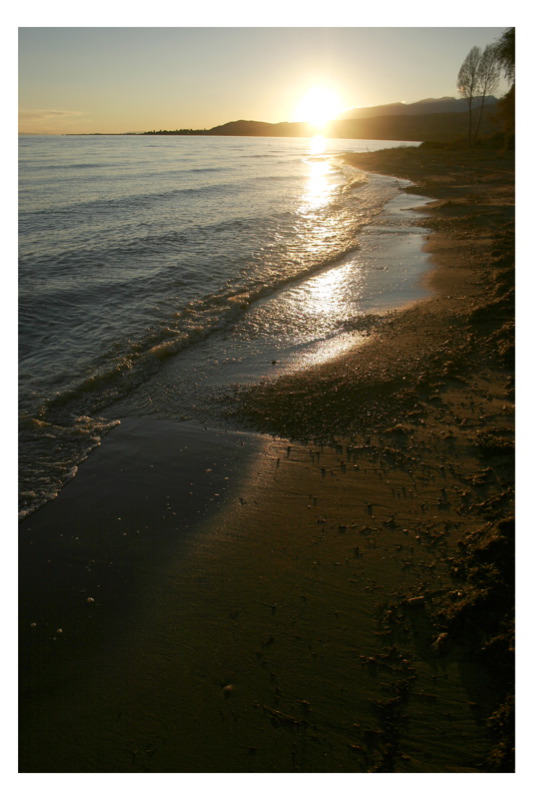
6. Lake Malawi

Also known as Lake Nyasa, Lake Malawi is the most southern lake in the East African Rift valley system, located between Malawi, Mozambique, and Tanzania. At 2,316 feet deep, it’s the second deepest lake in Africa and thanks to the tropical waters it has more fish species than any other lake on Earth.

Researchers have studied sediments from core samples of Lake Malawi, which revealed that 100,000 years ago, water levels dropped to about 2,000 feet, turning the land around the lake into semi-desert and arid scrubland habitat. According to some, this may be why early man fled from Africa to colonize other parts of the world.
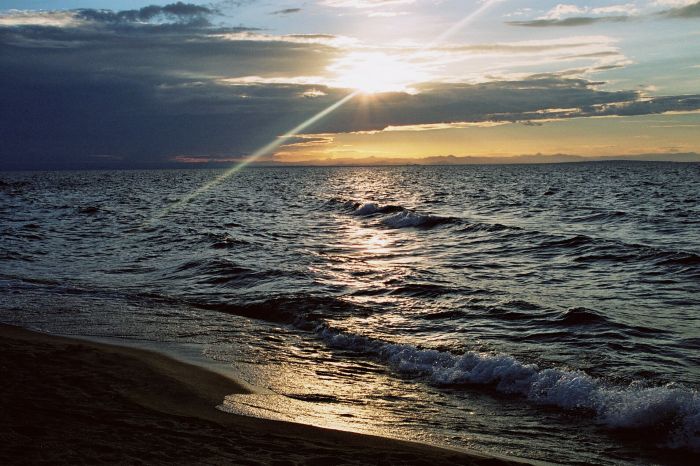
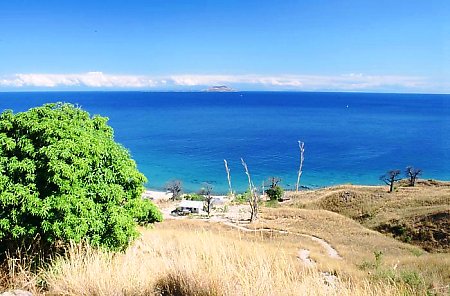
5. O’Higgins/San Martín Lake
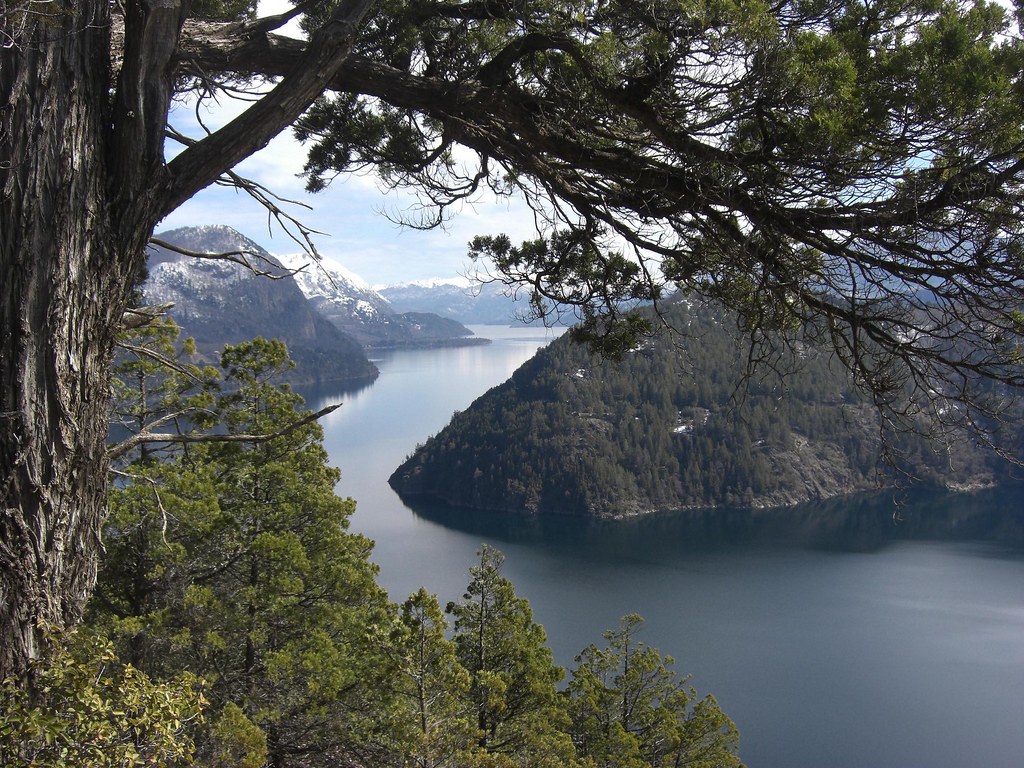

Located in Patagonia, between the Aysén Region and the

The lake is named after South American heroes José de San Martín of
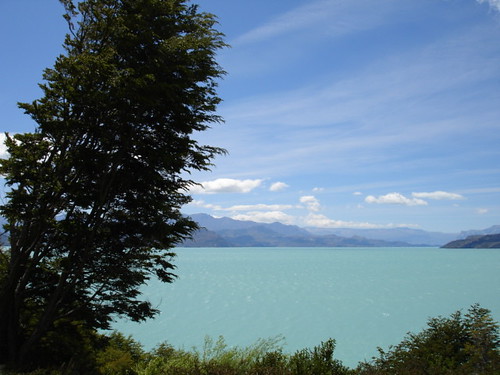
 Out of the 140 sub-glacial lakes on earth, Vostok is the largest and the deepest, with a maximum depth of 2,950 feet. Beneath Russia’s Vostok Station, 13,000 feet under the surface of the central Antarctic ice sheet, may be the most unspoiled lake on Earth. British and Russian scientists only discovered it in 1996.
Out of the 140 sub-glacial lakes on earth, Vostok is the largest and the deepest, with a maximum depth of 2,950 feet. Beneath Russia’s Vostok Station, 13,000 feet under the surface of the central Antarctic ice sheet, may be the most unspoiled lake on Earth. British and Russian scientists only discovered it in 1996.The average water temperature is -3 °C and the reason why it is still liquid below freezing is the high pressure from the weight of the ice above it.

Scientists also discovered that the ice core may be 420,000 years old, meaning that the lake could have been sealed for over 500,000 years and the water beneath could be doubly as old.
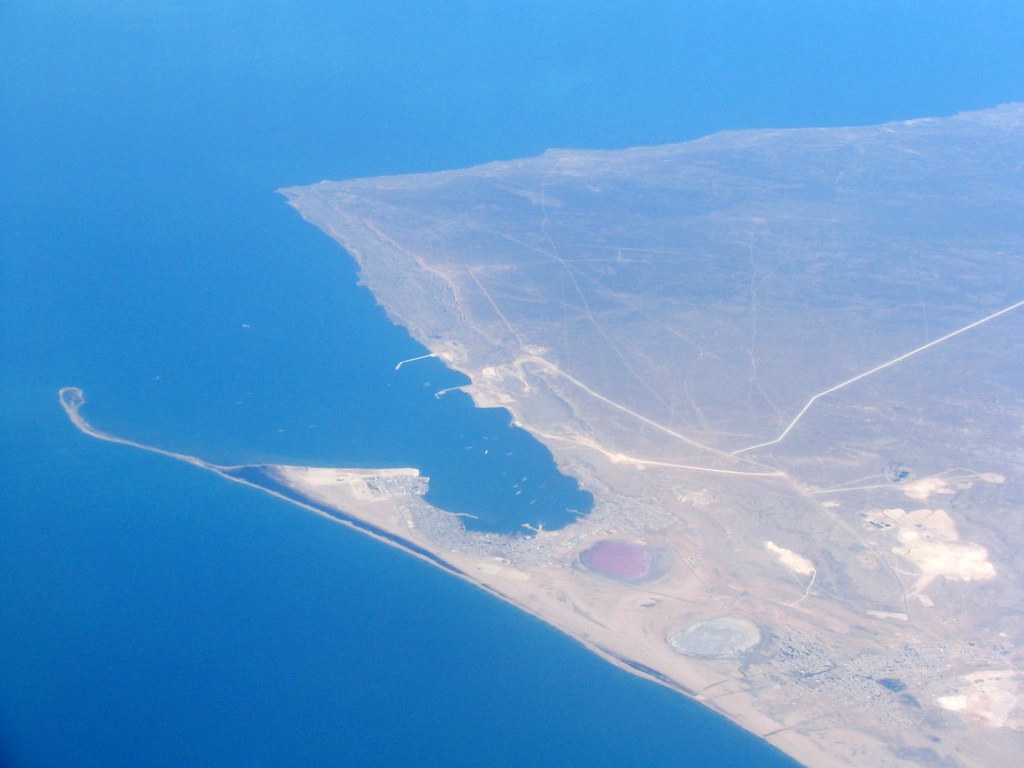
Between the southern areas of the Russian Federation and northern Iran, lies the largest enclosed body of water on Earth. It’s an endorheic lake with salty water (salinity of approximately 1.2%) that was landlocked due to continental drift 5.5 million years ago. An ancient remnant of the Tethys Ocean, (just like the Black Sea or the Mediterranean Sea) it is the third deepest lake in the world going down to 3,363 feet.

Fauna in the Caspian basin is very rich: great numbers of sturgeon (that’s where you get the great caviar), the Caspian seal and some fish endemic to the Caspian Sea like the Kkturn (Caspian white fish), Caspian roach, Caspian bream and an array of rare species of salmon only to be found in that area.
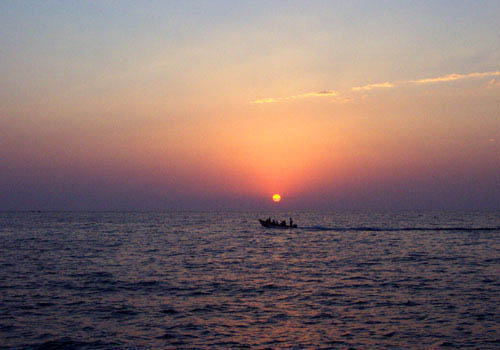
The Caspian Sea is very rich in energy resources like oil and gas deposits, which have been tapped since the 10th century. These days, the oil in the Caspian basin is supposed to be worth $12 trillion.
2. Tanganyika Lake
 Divided between Burundi, the Democratic Republic of the Congo (45%), Tanzania (41%) and Zambia, Tanganyika is the deepest fresh water lake in Africa and the second in the world with a maximum depth of 4,823 feet. The lake was “mistakenly” discovered in 1858 by two British explorers, Richard Burton and John Speke, in their quest to find the Nile’s source.
Divided between Burundi, the Democratic Republic of the Congo (45%), Tanzania (41%) and Zambia, Tanganyika is the deepest fresh water lake in Africa and the second in the world with a maximum depth of 4,823 feet. The lake was “mistakenly” discovered in 1858 by two British explorers, Richard Burton and John Speke, in their quest to find the Nile’s source. A recent story on National Georgraphic talks about a cold-blooded serial killer on the shores of
A recent story on National Georgraphic talks about a cold-blooded serial killer on the shores of 


If you know of any other deep lakes worth exploring, please drop us a line in the comments.
Magnificant! Thanks.
one of the deepest lake in the world is in crete-agios nikolaos.they didnt find any bottom